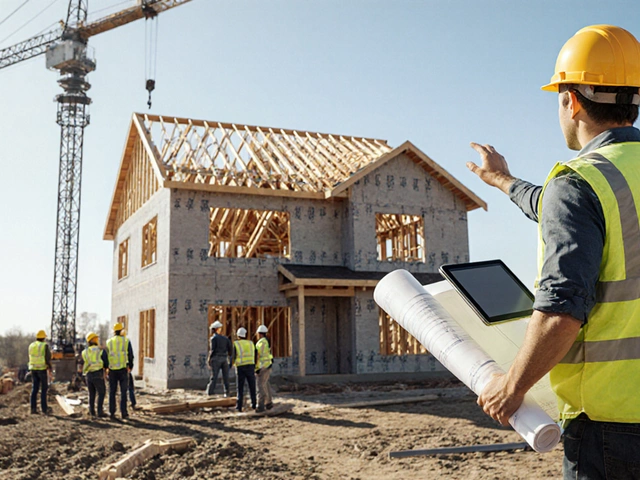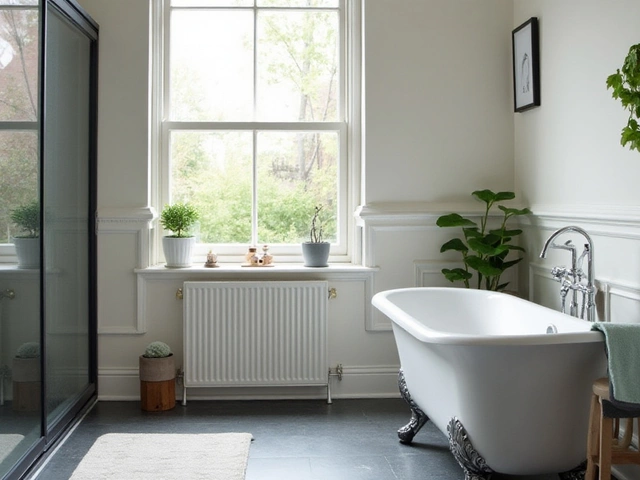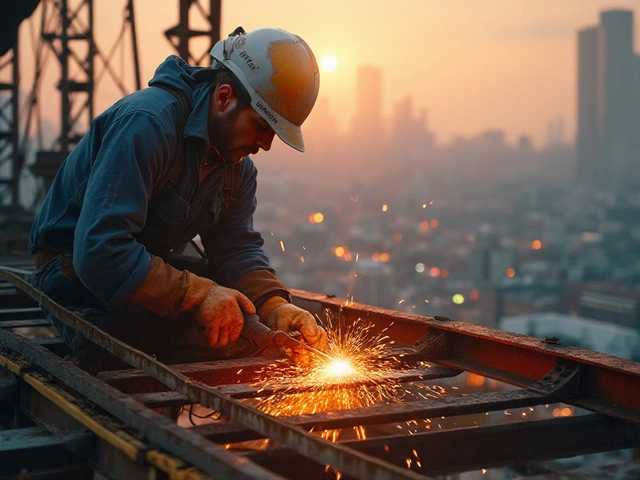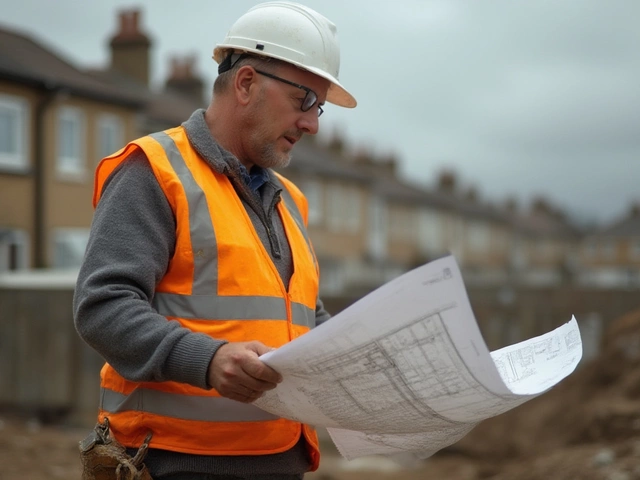Property Market Basics for Homeowners and Builders
Thinking about buying, building, or fixing a house? The property market isn’t just about prices – it’s about what makes a home solid, safe, and valuable. In this guide we break down the most common questions you’ll meet, from spotting foundation cracks to picking the right flooring for a new build.
Spotting Foundation Problems Before They Cost a Fortune
Most owners first notice a foundation issue when cracks appear in walls or floors. A hairline crack on a plastered wall is usually nothing, but a wide crack that widens when you press on it could mean the soil is shifting. Check the doors – if they stick or won’t close properly, the house may be settling. When you see these signs, call a structural engineer early; a quick fix like epoxy injection is far cheaper than a full replacement.
If the problem looks severe – large vertical cracks, doors slamming shut on their own, or water seeping into the basement – you’ll likely need professional repair. Common methods include installing steel piers, underpinning, or even a total foundation rebuild. The choice depends on soil type, house age, and how far the movement has progressed. Remember, fixing a crack now saves you from bigger structural damage later.
New Builds, Flooring Choices, and What Comes With the Package
Buying a new build feels exciting, but it’s easy to overlook what’s actually included. Most developers cover the shell, roof, windows, and basic wiring, but finishes like flooring, kitchen appliances, or landscaping are often extra. Read the contract carefully – some builders list “standard finishes” while charging extra for premium flooring or cabinets.
When it comes to flooring, durability and cost matter most. Engineered timber gives a warm look and handles minor movement better than solid hardwood. Porcelain tiles are water‑proof and ideal for bathrooms, but they’re cold underfoot. Vinyl planks have come a long way – they mimic wood, resist moisture, and stay under budget. Pick a floor that matches the room’s traffic and your climate to avoid early wear.
Renovating an existing house follows a similar logic. Start with the most value‑adding projects: kitchen upgrades, bathroom remodels, and essential structural fixes. These tend to boost resale value the most. If you’re on a tight budget, focus on “quick wins” like repainting, updating fixtures, and improving insulation – they make the home feel fresher without a huge spend.
Whether you’re a DIY enthusiast or hiring pros, keep these three rules in mind: assess the problem early, know what’s included in any builder’s quote, and choose materials that last. By staying aware of the key signals in the property market, you’ll protect your investment and avoid surprise costs down the road.
Understanding New Build Construction: Features and Benefits
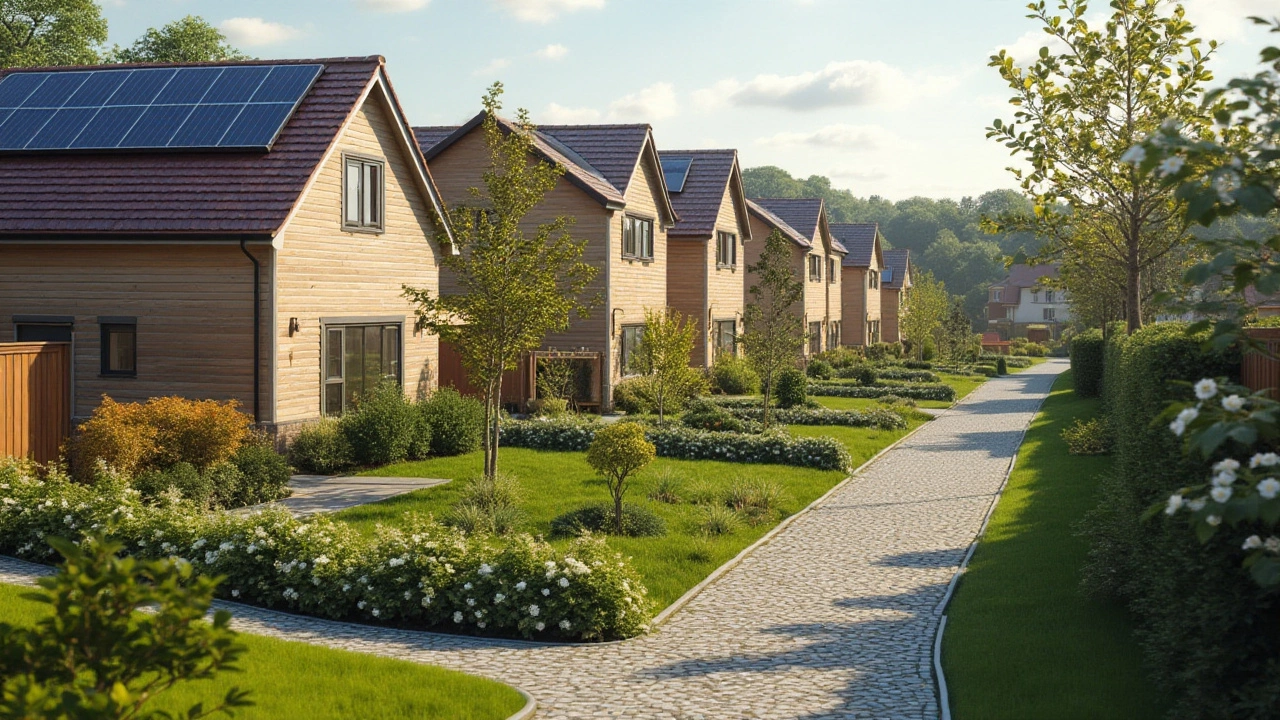
New builds are properties that have recently been constructed and have never been lived in before. They offer a wide range of modern amenities and efficient design, catering to today's environmentally conscious homebuyers. These homes often come with warranties, minimizing the cost and stress of unexpected repairs. Choosing a new build can provide a fresh start, tailored customization options, and the latest in home technology.
read more